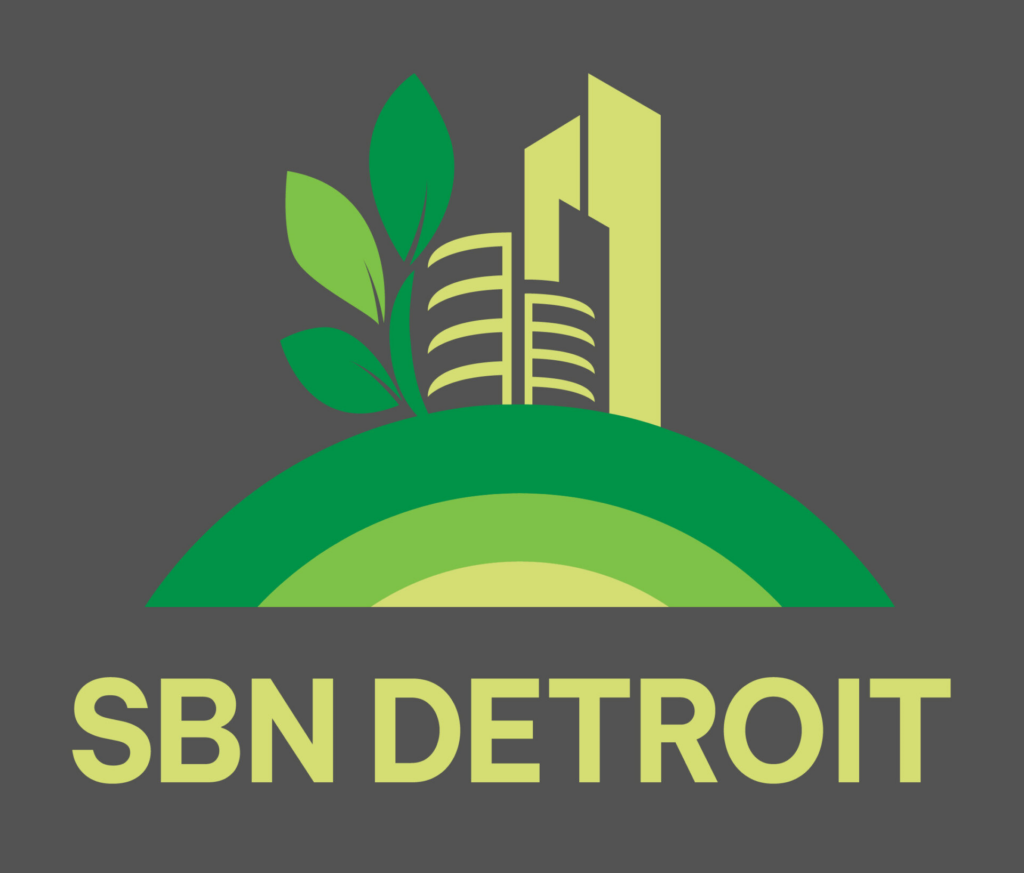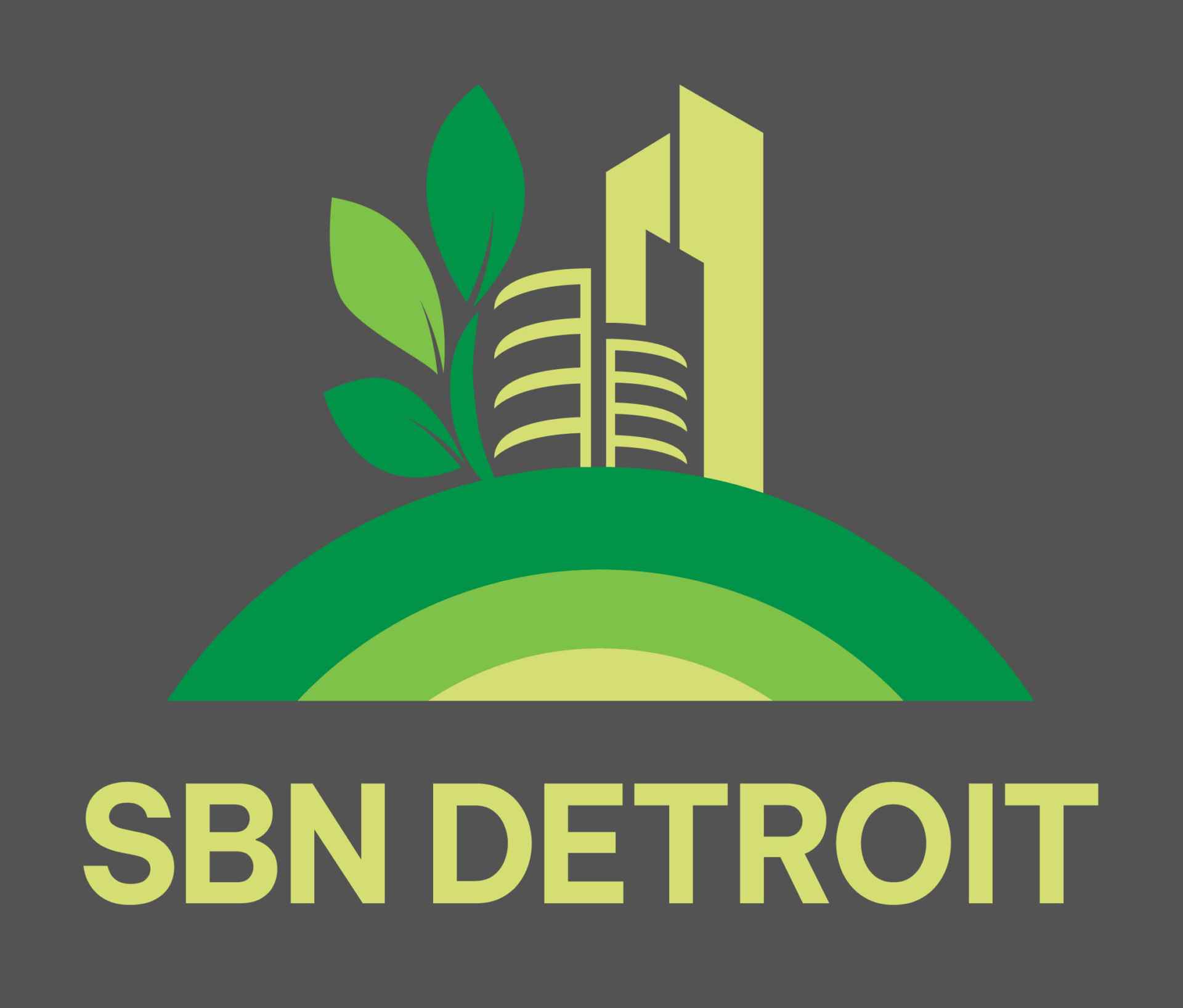Michigan-Founded Tech Company, Motmot
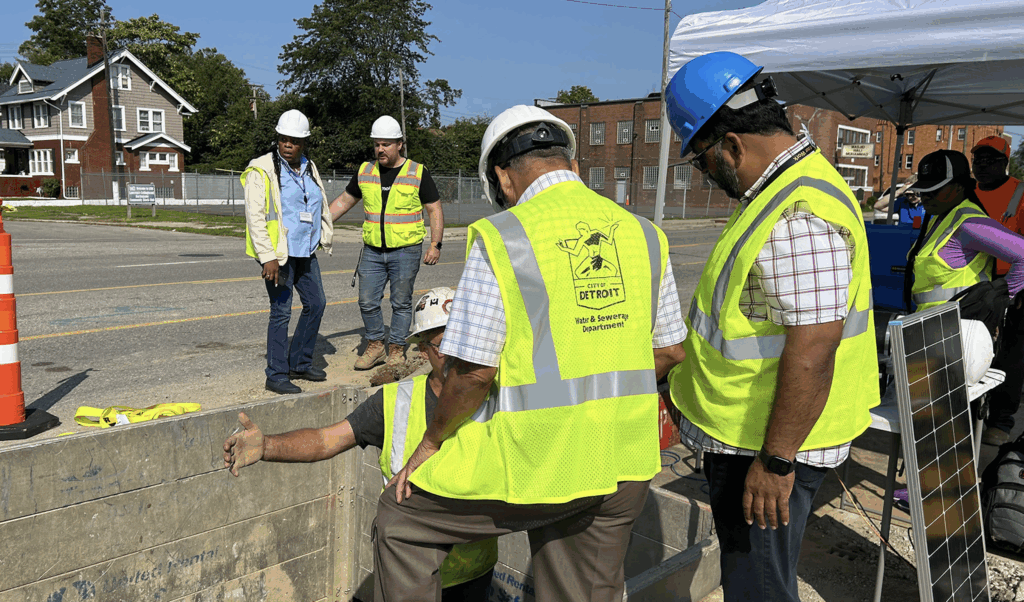
Aging drinking water systems are one of Southeast Michigan’s most pressing infrastructure challenges. Many pipes in the region date back to World War II, built with materials now at the end of their service life. Combined with harsh freeze-thaw cycles and decades of underinvestment, the result is frequent leaks, water main breaks, and costly emergency repairs. Motmot, a startup located in Detroit, is tackling this challenge by deploying robotic technology directly inside live water mains. By providing utilities with condition data they’ve never had before, Motmot aims to shift water infrastructure management from reactive crisis response to proactive planning. SBN Detroit interviewed Elliot Smith, the company’s CEO and Co-Founder, about Southeast Michigan’s unique vulnerabilities, the role of technology in creating more equitable water systems, and how utilities can prepare for the future of smart infrastructure. Q: From your perspective, what makes Southeast Michigan’s drinking water systems especially vulnerable? A: Southeast Michigan has some of the oldest drinking water systems in the country. Much of the pipe was placed around World War II, often using cast iron that is now at the end of its life. Add in our freeze-thaw cycles, which cause pipes to expand and contract, and the risk increases. We also have a history of underinvestment — the goal has long been to replace about 1% of the system per year, but that hasn’t happened consistently. In the Detroit metropolitan area alone, there are 13,000 to 14,000 miles of water main pipe. When one failure occurs, it can cascade into emergency work for other cities connected to the same transmission systems. Q: How does your technology change the timeline for cities and utilities — shifting from reactive maintenance to proactive decision-making? A: Traditionally, utilities only learn about problems once a water main fails. That means flooding, emergency repairs, added operational expenses, and public safety risks. What we’re fighting against is that cycle. Our technology provides data before mains fail. It’s about making the unknowns known and helping cities get ahead of the problem. Q: How do you see technology helping ensure that water system improvements are not only efficient but also equitable? A: Equity starts with visibility. Communities with fewer resources often can’t afford inspections, which means they experience more frequent issues. If we can lower the barrier to entry and make inspections affordable, every community has the chance to see what’s happening in their system. That helps mitigate risk and plan for future projects. At the same time, state revolving funds and stronger datasets can help overburdened communities secure the resources they need. Q: Where is Motmot in development today? A: We’re in the pilot stage now. We’ve kicked off our first pilot with the city of Detroit – I was especially happy that Detroit was the first city to take a chance on us. We are working through the American Water Works Association network. We already have more than 50 communities on our waiting list. That said, we’re being very intentional about not moving too fast. We want safe, effective pilots for every community we work with. My goal is to have 10 pilots started by the end of the year. Q: Beyond financial costs, what are the biggest environmental consequences of undetected water loss? A: Water loss is significant. A leak means residents are paying for water they never actually use. But it’s not just lost water — it’s wasted energy and chemicals as well. That water was treated, pumped, and disinfected before it ever leaked into the ground. In Michigan, reducing water loss directly supports our sustainability goals by conserving Great Lakes water and reducing the energy tied to treatment and pumping. Q: What do you see as the biggest hurdles to widespread adoption of smart water infrastructure? A: Risk perception is one. This is a relatively new technology, and water systems are old and often archaic. The mentality of “if it’s not broke, don’t fix it” is strong — but the truth is, much of the system is broken. We also have to prove our technology won’t contaminate systems or interfere with daily operations. And public works departments are already stretched thin. They’re chasing main breaks and doing emergency repairs, so adding another piece of technology can feel like a burden at first glance. Q: Motmot is entering a highly regulated, risk-averse sector with a disruptive idea. What lessons can other businesses learn from your approach? A: It really comes down to partnerships and credibility. We started incubating at the university level, then built credibility through the American Water Works Association. You have to build trust in the ecosystem — with regulators, utilities, and stakeholders. If you have a big idea, you can’t just drop it into the market. Plant seeds, engage stakeholders, and earn advocates who will vouch for you. Q: What do you see as the next frontier in smart water infrastructure — and how might Michigan businesses and communities prepare? A: Integration. In industries like oil and gas, systems like inspections, billing, and modeling are linked because there’s money to be made in efficiency. In the municipal space, those systems are often siloed. Breaking those silos down — connecting engineering departments, utilities, and technology platforms — is the next frontier. Michigan is well positioned to lead in this. We have a concentration of utilities, strong players like the Great Lakes Water Authority, and research universities investing heavily in this space. If we can integrate and apply technology in practical ways, not just in pilot projects, we can move from innovation theater to real-world results. Q: When you talk with water leaders across the U.S., what pain points come up most often? A: There are three that come up repeatedly. First, aging infrastructure — in some places, water mains date back to the 1840s. Second, visibility. Public works is an underappreciated industry. People see parades and fireworks, but not the crews that make daily life possible. That lack of visibility has led to chronic underinvestment. Third, affordability. This space has
Managing the Trade-Offs between Vapor Intrusion Risk and Energy Efficiency
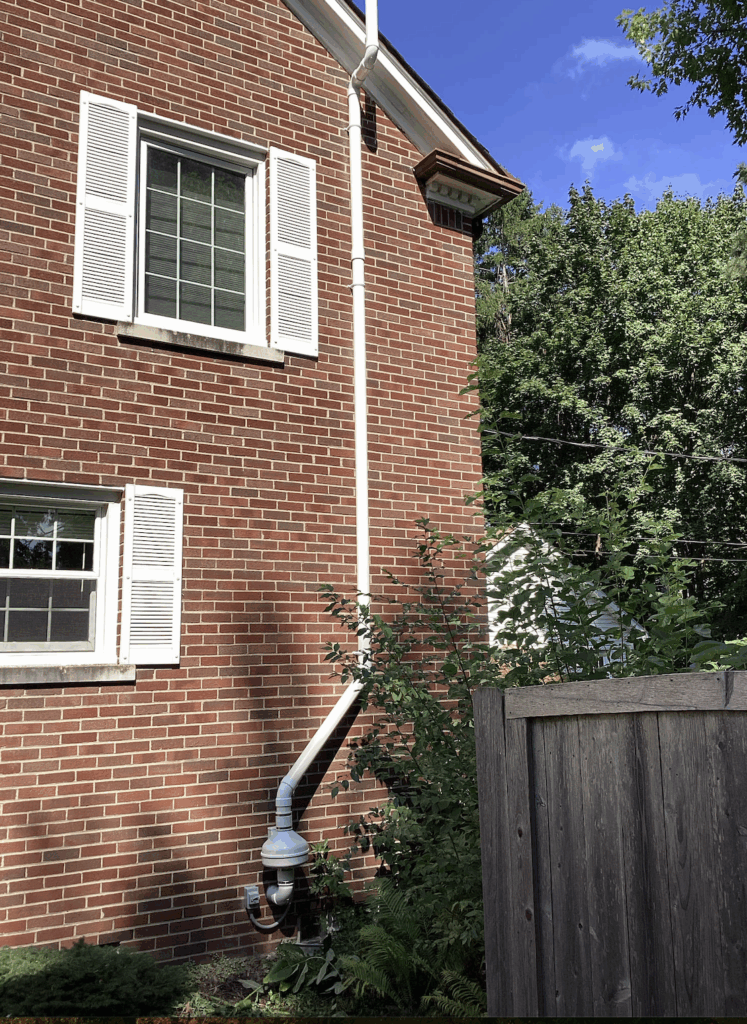
Indoor air quality has become a significant concern for communities across the country, particularly in areas with older infrastructure and a long history of industrial activity. Protect Environmental, a Louisville, Ky.-based company with an office in Ann Arbor, specializes in radon and chemical vapor- intrusion management to help identify and reduce these risks. Its services include testing, system design, and long-term management, with the goal of creating safer and healthier buildings. SBN Detroit interviewed CEO Kyle Hoylman about the challenges facing Southeast Michigan, how construction trends and climate factors influence air quality risks, and what it will take to make the region a model for risk management. Q: How susceptible is Southeast Michigan to radon or vapor intrusion issues compared to other regions? A: Geologically, the state doesn’t have unusually high natural radon potential compared to some areas, but the issue is still significant. Roughly 27% of all buildings tested in Michigan show elevated levels of radon. The region’s soft sand and dunes can create preferential pathways for gas movement. Combine that with a long industrial history—many older manufacturing facilities were built before we knew what we know today—and you have conditions that increase both radon and vapor intrusion risks. Q: How have recent construction trends affected radon and indoor air quality risks in this region? A: Modern construction emphasizes energy efficiency. We’ve done a lot to tighten the building envelope—doors, windows, insulation—to reduce energy use. The unintended consequence is reduced air exchange. In the past, a building might have one to one-and-a-half air changes per hour. Now we see 0.1 or 0.15. That knocks down airflow, prevents outside ambient air from coming in, and increases reliance on mechanical systems. The thermal stack effect then plays a greater role, drawing soil gases into buildings and putting occupants at higher risk. Q: Southeast Michigan has a mix of historic housing, aging schools, and new commercial developments. How does this variety of building types shape the challenges and opportunities for mitigation? A: There’s a misconception that new buildings or buildings without basements can’t have radon problems. That’s not true. Three things are needed for radon intrusion: a source, a pathway, and an influence that draws gases in. Sources can be natural or industrial. Pathways can be cracks, utility lines, or porous soils. Influences might be mechanical ventilation or thermal effects. For example, in a school cafeteria, a large exhaust fan can create negative pressure and pull gases in. In homes, the stack effect in winter pulls more soil gas indoors. Commercial buildings add complexity because HVAC systems balance fresh air with energy costs. All of these factors shape risk, regardless of building type. Q: How do you see radon and vapor intrusion fitting into broader conversations about environmental justice in Southeast Michigan? A: This is a big concern. Many people are exposed to contaminants in buildings they don’t own or control. HUD requires radon testing and mitigation in some housing programs, but not all. Fannie Mae and Freddie Mac allow partial testing—sometimes just one unit per building—which can mischaracterize exposure and lead to inequities. In reality, 100% of units should be tested. Otherwise, you can have people in the same facility experiencing very different risks. Environmental justice means ensuring all residents—especially vulnerable populations in public or assisted housing—are equally protected. Q: What role can builders, architects, and developers play in designing for prevention rather than remediation? A: Prevention should be standard. The most cost-effective approach is to install passive soil gas control systems during construction, conveyance piping that allows for ventilation if needed. This adds very little cost upfront and can easily be converted to an active system later by adding a fan. Codes should require this in all new construction. Q: As climate change impacts weather patterns and soil conditions, what long-term effects could that have on radon or vapor intrusion risks? A: Soil moisture and composition will shift. As soil expands or contracts, new pathways for gas movement can be created. Climate also impacts building pressure. In Detroit winters, a 70-degree indoor space next to 5-degree outdoor temperatures significantly increases soil gas entry. We see different impacts between heating and cooling seasons, which is why building characterizations should account for both. Q: How do commercial and institutional facilities—like hospitals, universities, or municipal buildings—approach mitigation differently from residential projects? A: The characterization process is the same—you assess the building, identify sources, pathways, and influences. But mitigation can differ. In homes, we often use sub-slab depressurization. In commercial environments, many buildings already have mechanical ventilation systems with fresh air. Increasing that airflow can help control vapor intrusion. So while the tools are the same, the strategies differ. Q: What would it take to make Southeast Michigan a model for radon risk management, and who needs to be at the table? A: A strong regulatory framework is essential—one that protects occupants and requires qualified professionals to do the work. Schools and daycares should be required to test. Commercial buildings should test every five years, with results shared with occupants. Building codes must include soil gas control in all new construction, not just in high-risk zones. And stakeholders need to include indoor air advocates, health organizations, state officials, builders, and community groups. There’s also a financial argument: Michigan sees roughly 8,000 lung cancer cases annually, about 1,000 of which are linked to radon. That costs taxpayers around $400 million a year. Preventing exposure is far less costly than treating disease. Ultimately, proactive management saves lives and money. Be sure to subscribe to our newsletter for regular updates on sustainable business practices in and around Detroit.
Detroit Greenways Coalition’s Todd Scott Talks Greenways and Sustainability
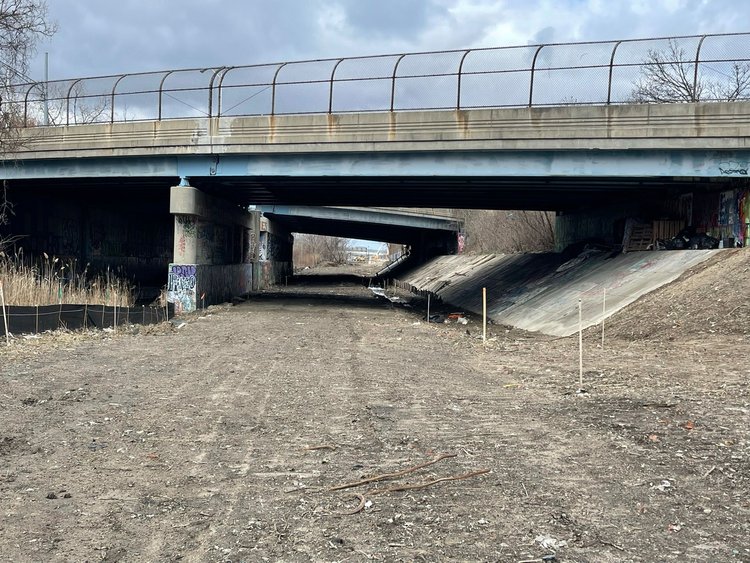
The Detroit Greenways Coalition (DGC) works to promote and build a network of greenways, Complete Streets, and bike lanes that will connect people and places, improve the quality of life, beautify neighborhoods, and stimulate neighborhood-level economic development in Detroit. Its mission is to create, conserve and promote greenways and green spaces to connect people, places, and nature. Its vision is a strong, healthy, vibrant City of Detroit and a region where a seamless network of greenways, green spaces, blueways, and Complete Streets are an integral part of people’s active lifestyles including day-to-day transportation and recreation. SBN Detroit spoke to DGC Executive Director Todd Scott to gain insights about their work. Q: How big of a driver was sustainability for the city of Detroit in the forming of the Greenways Coalition? A: In the beginning, we had to tackle more basic issues about how to build and maintain greenways across the entire city and how to make green transportation easier and safer. Our vision was certainly supporting sustainable transportation and green space, but we were focused initially on more basic issues. Some examples here are developing a citywide greenway network vision, advocating for redesigned city streets that better accommodate green transportation, and finding the resources to make this all a reality. Over time we’ve been able to move beyond these issues and push sustainability more, especially in light of the need for Climate Action – reducing transportation carbon emissions and providing green stormwater management. Q: The vision of the Greenways Coalition is ultimately to connect every neighborhood over time. Please speak to how this impacts the city in terms of sustainability from these aspects: Environmental: Greenways and Complete Streets (i.e. streets designed to safely accommodate all users) can do more than provide green transportation. They can help manage stormwater through green stormwater infrastructure, street trees, and even de-paving roads. They can also reduce urban heat island effects. Flooding and extreme heat are big issues in Detroit that our work can help address. Transportation/Mobility: The most important impact is how these connections help Detroiters use green transportation. That’s not just walking and biking, but public transit as well. They provide safe and convenient routes that connect schools, jobs, parks, retail areas, and more. Economic: There are many examples of greenways and Complete Streets driving economic urban revitalization around the world. Locally, there may be no better example than the Livernois Avenue of Fashion. The streetscape project reduced vehicle travel lanes (and speeding), widened sidewalks, and added bike lanes. Businesses along the route have flourished. There is a tremendous opportunity for additional retail revitalization along the 27-mile Joe Louis Greenway. It will be interesting to see how places like the Oakman/Grand River strip and even Downtown Hamtramck increase business activity as a result of the greenway and the bike and pedestrian traffic that it brings. Social/Inclusivity: Biking and walking can be very social. We’ve seen this with the numerous biking and walking clubs that have formed across the city over recent years, but especially during COVID. Greenways and Complete Streets support these club events that are open to everyone. Q: Does the Greenways Coalition have a set of sustainability goals? A: What we largely do is advocate for institutions to have sustainability goals. We’ve done that with the City of Detroit through their Sustainability Action Agenda. We’ve been heavily involved in the carbon neutrality discussion at the state level through the MI Healthy Climate Plan. We’ve even weighed in on federal issues, such as the recently proposed U.S. DOT Greenhouse Gas Emissions rule. You could say our agenda is to get sustainability incorporated at the institutional level so that it leverages the benefits of our vision. Q: From a sustainability standpoint what are the direct benefits the Greenways offer to Detroit residents? A: The largest direct sustainability benefit is transportation. Greenways provide “green ways” to get to destinations around the city and to connect with public transportation. The “green” in greenways has multiple meanings. It’s more than just landscaping, it’s about sustainable transportation. It’s also about saving some “green,” e.g. money. Sustainability can benefit Detroiters, but that benefit must also improve the financial sustainability of the household budget. Vehicle transportation can eat up a large portion of that budget. Greenways can benefit many and reduce that burden. Be sure to subscribe to our newsletter for regular updates on sustainable business practices in and around Detroit.
